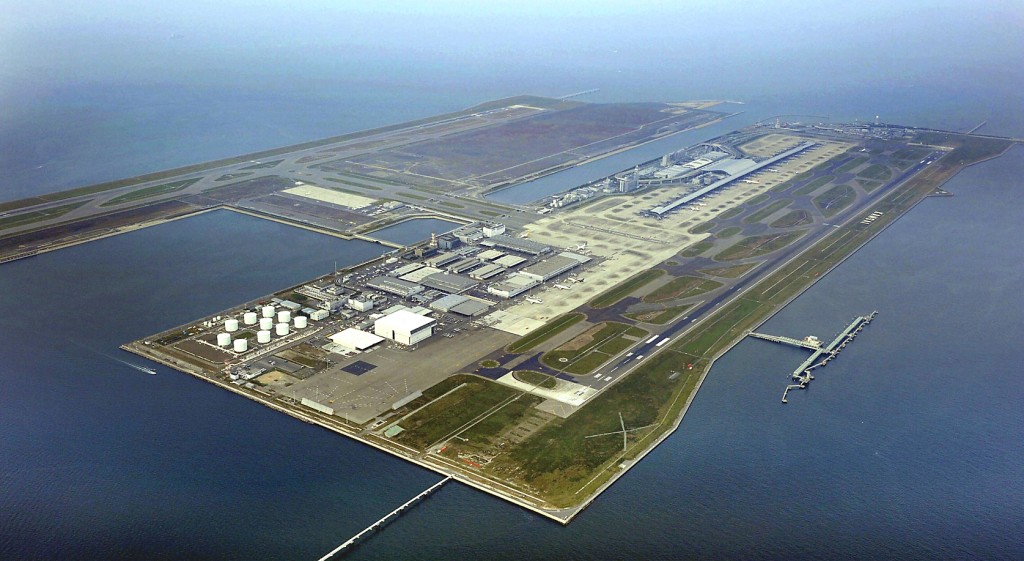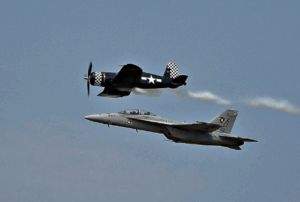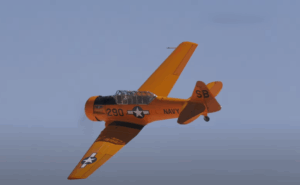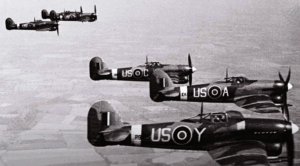10 Most Dangerous Airports In The World
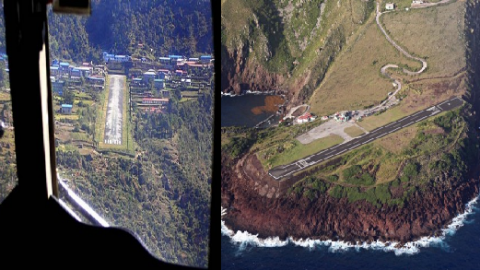
Can You Handle It?
Travelling all over the world seems to be on the top of everyone’s bucket list. You become an adventurer and storyteller. But when they say you get lots of memorable experiences, this might be the last thing on your mind — landing on a dangerous airport. Some of them are located in close proximity to cities while others are, let’s just say, fit for nature lovers:
10. Congonhas Airport, São Paulo Brazil
Just Scraping The Top Of Buildings
Being one of the world’s most populous cities, São Paulo is often buzzing with tourists. The vibrant Brazil municipality is home to rich architectural attractions like the neo-Gothic Metropolitan Cathedral and the 1929 Edifício Martinelli skyscraper. But before you get to enjoy the sights and sounds of São Paulo, you may have to land in their Congonhas Airport first. And let me tell you, it’s far from being fun. Pilots themselves are already wary of landing in Congonhas because aside from being South America’s busiest airport, it’s located near the sprawling city. The runway is short (1.2 miles long) and maneuvering a plane to safely land on it can be tricky. In fact, the runway is often referred to as the “aircraft carrier” by the pilots. And because of its proximity to the city, an airplane can skid on the runway, cross the perimeter fence and end up on a busy road with plenty of workers and civilians. Also, several major accidents with fatalities have been recorded since 1941.
9. Kansai International Airport, Japan
Low Elevation, Rising Sea Levels
In the middle of Osaka Bay, 38 km southwest of Ōsaka Station lies an artificial island where the Kansai International Airport is located. Designed by Renzo Piano, an Italian architect, it caters to the Nippon Airways, Nippon Cargo Airlines, Japan Airlines and even the low-cost carrier Peach. Why is this included when at first glance, it looks incredibly built and somewhat safe compared to all the other airports in this list? In fact, it’s so big you can see it from space. However, it should be pointed out that the architect most probably did not take into consideration what would happen in 50 years time especially with its low elevation and the rising sea levels. With global warming already affecting other parts of the globe, this airport might just end up underwater. Other environmental factors also come into play – tsunami, earthquakes and cyclones. With the conditions it was built, these are all serious threats to safety.
8. Gibraltar Airport

Crosses Through The Freaking Highway
Also called as the North Front Airport and recognized as one of the most extreme airports in the world, this has the ONLY runway in the world that intersects a road and a busy one at that. Serving the British overseas territory of the tiny peninsula of Gibraltar (only 6.7 square kilometers), there’s limited space and flat land which is why it bisects the Winston Churchill Avenue, the main arterial road.
Every time a plane arrives or departs, the road has to be closed but at least the airport only has about 30 flights a week. As you can see on the photo, cars have to wait when an aircraft taxiis on the runway. Apparently, even a small jet taking off can stall traffic. The vehicles and pedestrians are brought to a standstill at an average time of ten minutes. So the next time you complain about waiting for the train to pass, think about it: it could be an airplane.
7. Princess Juliana International Airport, St. Martin, Caribbeans

Free Haircuts For Everyone
Named for the then-crowned princess who landed in the airport in 1944, Juliana of the Netherlands, this is the main airport of Saint Martin — an island in the northeast part of the Caribbean. It used to be a military airstrip in 1863 and in 1943 was converted to a civilian airport. The short runway is close to the shore and a crowded beach area.
It has a very low-altitude flyover landing which can cause numerous potential problems. But while landing can already pose plenty of difficulties, the departure is actually more challenging.
You need to avoid mountains in the path. For the beach-goers, on the other hand, there are warning signs about jet blasts that might possibly cause severe physical harm and knock them into the water. It can even blow light trucks over. Fortunately, there have been NO major accidents in the Princess Juliana International Airport aside from the crash which happened in 1970.
6. Juancho E. Yrausquin Airport, Saba Island

Edge Of Cliff, Super Short
It takes one look at the Juancho E. Yrausquin Airport to know why it’s always ranked as one of the most dangerous airports. You see, it holds the record for the shortest commercial runway in the world. Situated in the Dutch Caribbean island of the municipality of Saba, the runway is only 400 meters long and both ends have steep slopes and cliffs that drop into the sea.
One side of the runway is also flanked by high hills, yes SAFE isn’t really the first thing that pops into your mind when you see it. There’s absolutely no room for error for the pilot. It may be closed to jet traffic but aircraft will be permitted to land provided they have a waiver document from The Netherlands Antilles’ Civil Aviation Authority. The largest airplane that operated from this airport is the De Havilland Twin Otter. Other STOL planes and helicopters are also common sights here.
5. Toncontin International Airport, Honduras
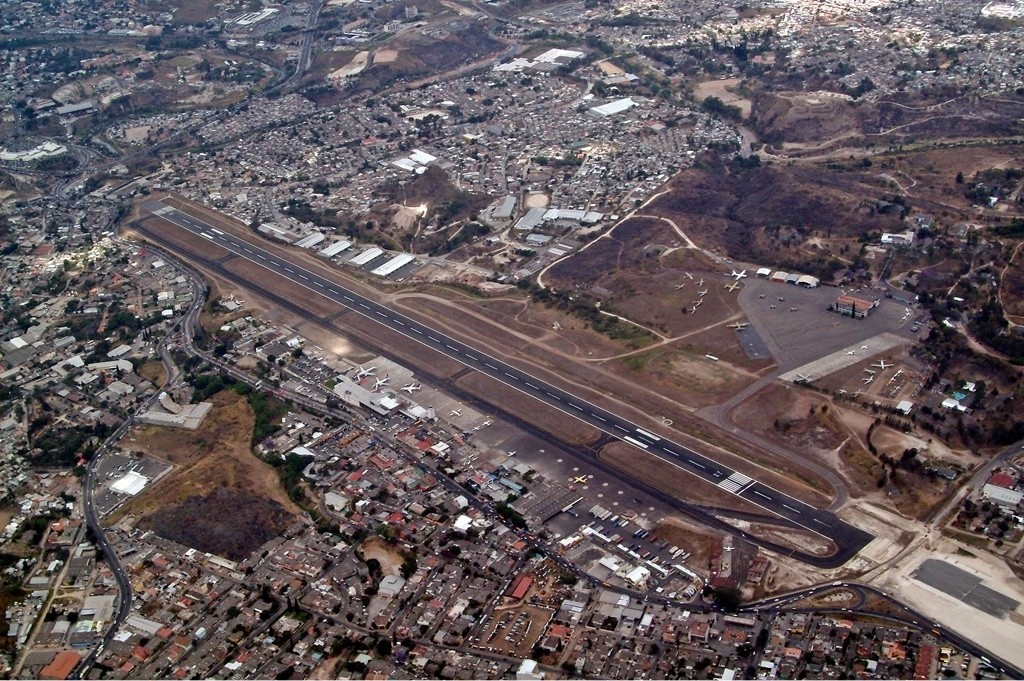
Zig Zag Approach
A civil and military airport located in Tegucigalpa, Honduras; the Toncontín International Airport’s runway is only 7,096 feet long and is surrounded by mountains. Pilots often have to weave between the mountains when they land, almost like a zigzag approach. And the plane has to do a 45-degree turn at the last second so it can line with the runway.
Any large commercial airplane will find it absolutely challenging to approach the runway especially since the airport was created at a time when planes weren’t as powerful as they are now. Then again, planes like the Boeing 757, Douglas DC-8, and C-17 Globemaster have managed to land here. For those reasons alone, this will definitely make it as a dangerous airport. But wait, there’s more. There’s only one way in and one way out – an absolute nightmare for pilots. All things considered, it’s the perfect recipe for palm-sweating, armrest-death-gripping thrill for both pilots and passengers.
4. Paro Airport, Bhutan

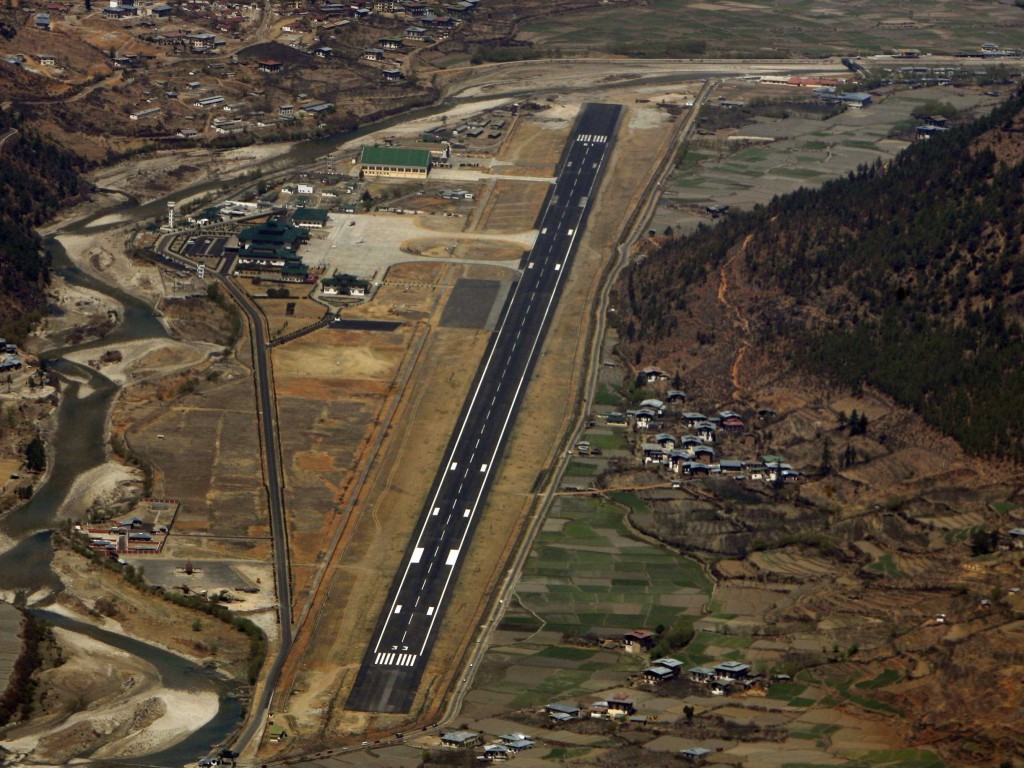
The only international airport in Bhutan, it’s 6,445 feet long and located in a deep valley nestled by the steep Himalayan mountains. The sharp peaks could go as high as 5,500 m and flights are allowed only from sunrise to sunset and should be under visual meteorological conditions. The plane has to maneuver between the mountains, weave through houses on the mountainside and has to battle against strong winds too. Thus, severe turbulence is a common scenario. In fact, it’s so dangerous only eight pilots are qualified to fly to and fro there. Mind you, the landing can be VERY treacherous. If you’re planning to go to Bhutan, you may need a good distraction to steady your nerves and handle your fear. The palm-sweating flight will make you question why you even decided to fly there BUT remember, the Himalayas offers incredible, breathtaking views of some of the most beautiful mountains in the world. The trip will be worth it.
3. Courchevel Altiport, France

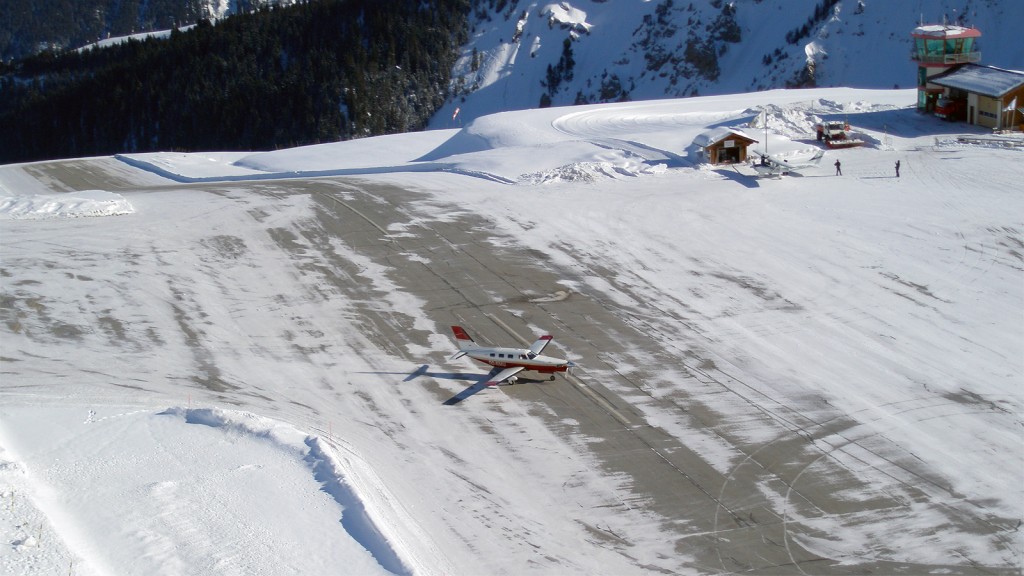
This altiport (an aerodome situated on mountainous terrains that caters to helicopters and smaller aircraft) serves Courchevel, a French Alps ski resort. The runway is extremely short, only 537 meters and because of its location, it’s difficult to conduct go-around procedures during landings. Snow, wind and ice aren’t really the best conditions to fly in. There are so many things that could go wrong. You need to go downhill for take offs and uphill for landings, and there’s a steep approach too. The runway also doesn’t have any lighting aids and given the weather in the French Alps, low clouds and fog will make landing impossible and extremely dangerous. For all these, the French Aviation Authority only allows privately-owned aircraft to land at the altiport, commercial jets are prohibited from doing so. For those who don’t have their own planes, they can take commercially chartered private flights, land in a different airport and then simply take a helicopter transfer to Courchevel.
2. Ice Runway, Antarctica


The McMurdo Station is located on the south tip of Ross Island and is a United States Antarctic research center. There are two ways to get there: by ship or through flight. Since most people would opt for the faster means, they’d choose going by plane. And the Ice Runway is the principal runway that’s capable of handling aircraft such as the Lockheed P-3 Orion, Boeing C-17 Globemaster III, Lockheed C-5 Galaxy, Lockheed C-130 Hercules and Lockheed C-141 Starlifter. There’s no paved runway thus, if the weather is good and you don’t need to turn around back to Christchurch, the plane has to land on a patch of ice. That’s what makes it dangerous. Because there’s plenty of space, large wheeled aircraft like the ones mentioned above often carry cargo. This can lead to problems like getting the plane stuck in soft snow or worse, if the total weight busts the ice. If it starts to sink 10 inches into the ice, it will be relocated so someplace safer.
1. Tenzing-Hillary Airport, Nepal


Tenzing–Hillary Airport is a small airport in Lukla, a town in the north-eastern part of Nepal. Before you can climb Mount Everest, you have to brave flying to this dangerous airstrip first. Because of its location, it’s susceptible to various weather conditions like high winds, changing visibility and cloud covers. That often leads to delayed flights or closed airport altogether. The strong winds can be treacherous if it affects the aircraft’s maneuverability. Beyond the northern end of the runway is a high terrain while the other end leads to a steep 2000-foot drop. The flight demands courage and precision to land in the 527 meter strip. Add in the erratic weather and other conditions that make landing close to impossible. Instead of radar, air traffic controllers use a voice communication system. On April last year, Nepal experienced a massive earthquake but still managed to recover from such trying time and remained open.














